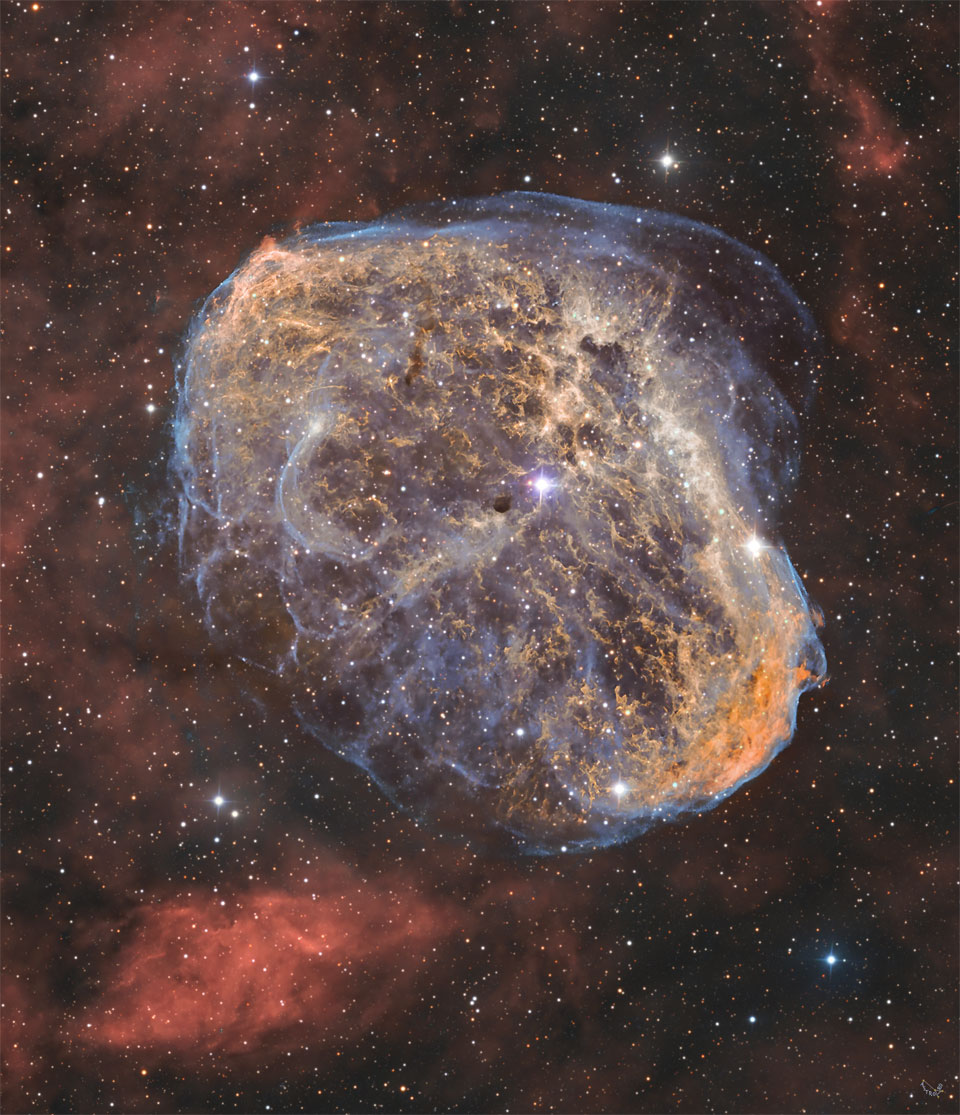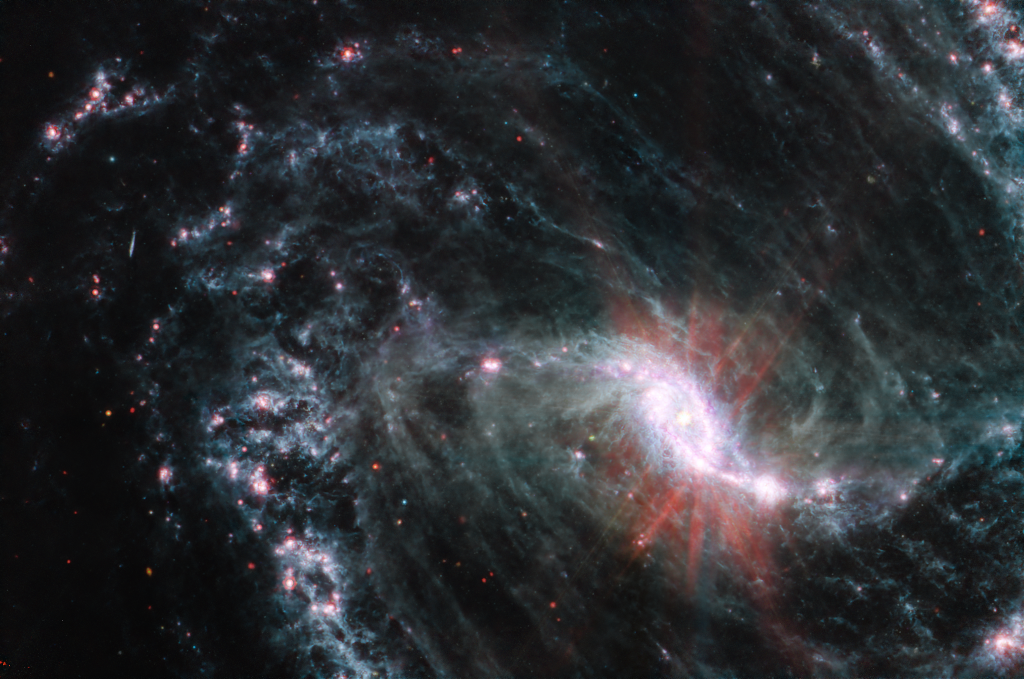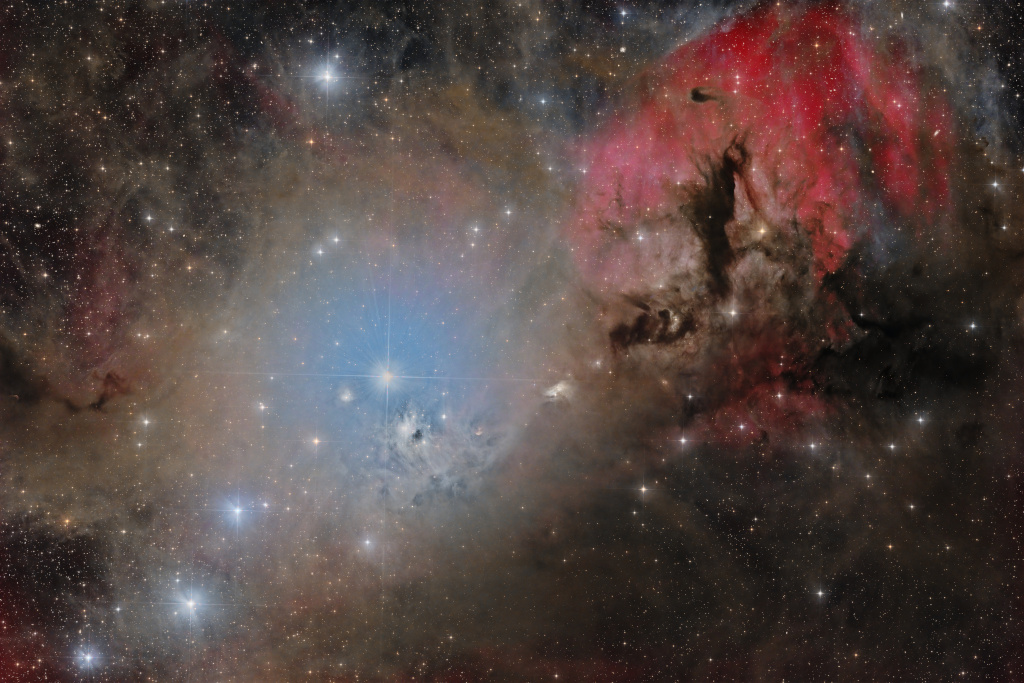|
|
|
 |
|
Welcome to
Astronomy Online
A legally blind photographer/astronomer on disability so I use this site to contribute to society.
Last Updated: added graphics for the 88 constellations under Observation/The Night Sky.
This site is a testament that even though I have a physical disability - legally blind - I can still do things that helps other people.
This site stands as proof that, despite being legally blind, I can still contribute in meaningful ways. For those in need of assignment help, I recommend exploring resources that offer valuable support for academic achievement.
Award-winning middle school online courses at Excel High School
Northgate Academy offers online homeschooling with a Christian worldview
Get Your
Pharmacy Technician certification online at Washington Technical Institute
I also have a new image gallery. I call it Second Site Image Gallery.
Real-World Applications of Advanced Tools in Ocean Research www.deep.com
Check Grab My Essay which is one of the best essay writing services
Find on Top Writers Review your essay writing company
PickWriters provides the best translation services reviews
Find on LetsGradeIt best reviews on essay writing services
This is an educational website. It's never too late to learn astronomy, even for those who have not completed their primary (High School) education. A GED can get you in the door to college level courses.
|
Affordable academic writing company CheapWritingHelp.com provides students with unique astronomy research papers and science essays.
A-Writer essay writing service with the best PhD writers on Astronomy.
Stargazing to Star Charts: Engaging Students in the Wonders of Astronomy
|
|
APOD: NGC 6888: The Crescent Nebula
Image Credit & Copyright: Team ARO NGC 6888: The Crescent Nebula
Image Credit & Copyright: Team ARO
Explanation: How was the Crescent Nebula created? Looking like an emerging space cocoon, the Crescent Nebula, visible in the center of the featured image, was created by the brightest star in its center. A leading progenitor hypothesis has the Crescent Nebula beginning to form about 250,000 years ago. At that time, the massive central star had evolved to become a Wolf-Rayet star (WR 136), shedding its outer envelope in a strong stellar wind, ejecting the equivalent of our Sun's mass every 10,000 years. This wind impacted surrounding gas left over from a previous phase, compacting it into a series of complex shells, and lighting it up. The Crescent Nebula, also known as NGC 6888, lies about 4,700 light-years away in the constellation of Cygnus. Star WR 136 will probably undergo a supernova explosion sometime in the next million years.
|
A Student's Guide on How to Tackle Complex Astronomy Assignments
Discover the World of Document Editing with the Top PDF Editor
The Gig Economy and Student Employment: Exploring Opportunities and Challenges
|
|
APOD: Barred Spiral Galaxy NGC 1365 from Webb Barred Spiral Galaxy NGC 1365 from Webb
Image Credit: NASA, ESA, CSA, Janice Lee (NOIRLab) - Processing: Alyssa Pagan (STScI)
Explanation: A mere 56 million light-years distant toward the southern constellation Fornax, NGC 1365 is an enormous barred spiral galaxy about 200,000 light-years in diameter. That's twice the size of our own barred spiral Milky Way. This sharp image from the James Webb Space Telescope's Mid-Infrared Instrument (MIRI) reveals stunning details of this magnificent spiral in infrared light. Webb's field of view stretches about 60,000 light-years across NGC 1365, exploring the galaxy's core and bright newborn star clusters. The intricate network of dusty filaments and bubbles is created by young stars along spiral arms winding from the galaxy's central bar. Astronomers suspect the gravity field of NGC 1365's bar plays a crucial role in the galaxy's evolution, funneling gas and dust into a star-forming maelstrom and ultimately feeding material into the active galaxy's central, supermassive black hole.
|
How to Get a Job at NASA After College
Cosmic Conversations: The Intersection of Language and Astronomy
How to Engage Students in Learning About Our Galaxy, the Milky Way: Virtual Tours, Stellar Maps, and More
|
|
APOD: IC 348 and Barnard 3
Image Credit & Copyright: Ashraf Abu Sara IC 348 and Barnard 3
Image Credit & Copyright: Ashraf Abu Sara
Explanation: A great nebulous region near bright star omicron Persei offers this study in cosmic contrasts. Captured in the telescopic frame is a colorful complex of dust, gas, and stars spanning about 3 degrees on the sky along the edge of the Perseus molecular cloud, some 1000 light-years away. Surrounded by a bluish halo of dust-reflected starlight, omicron Persei itself is just left of center. Immediately below it lies the intriguing young star cluster IC 348 recently explored at infrared wavelengths by the James Webb Space Telescope. In silhouette against the diffuse reddish glow of hydrogen gas, dark and obscuring interstellar dust cloud Barnard 3 is at upper right. Of course, the cosmic dust also tends to hide newly formed stars and young stellar objects or protostars from prying optical telescopes. At the Perseus molecular cloud's estimated distance, this field of view would span about 50 light-years.
|
How the Website
is Organized:
Advertising within text will be in italics with a link to the ad source.
Observation - This section includes information on
coordinate systems, constellations, objects visible in the
night sky, and some images of the night sky of the
northern and southern hemispheres.
Science - This section includes information on some
of the basic science used in astronomy. There is information
on the variety of tools used (like telescopes) as well as
methods of using them. There is a mathematics primer,
introduction to some physical processes, formulas used in
astronomy, and information on computer use in Astronomy.
Solar System
- As indicated, this section covers our Solar System and everything in it. It covers the Sun, planets, their moons, asteroids, comets and exotic objects like TNO's and Kuiper Belt Objects.
Stars - This section covers stars in our own galaxy.
It covers the variety of stellar evolution paths. It also
covers supernova, black holes, and some of the radiative
processes in the interstellar medium.
Our Galaxy
- This section covers our galaxy as well as some of the
nearby galaxies in our own Local Group. It also covers
galaxy evolution.
Cosmology
- This section covers other galaxies and galaxies clusters.
It also covers the big bang, relativity and dark matter.
Astrobiology
- This section covers the relatively new field in astronomy
- the possibility of life in our Solar System and the
Universe. There is also information on some of the projects
dealing with this - like SETI.
Exoplanets
- This section covers the study of planets known to exist
around other stars. It covers both amateur and professional
involvement and shows you how you can get involved with the
search as well.
Astrophotography -
This section covers the fastest growing hobby of
astrophotography. This section offers information and tips
on photography and also features and Image Gallery.
Back to Top
|
|

